When a couple years ago my daughter was given a film camera by her partner’s uncle it was passed to me to check out before she used it. I didn’t know what to expect but it turned out to be a Pentax Program A. The dust on the gadget bag it came in suggested that it had slumbered under a bed or at the bottom of a wardrobe for some time so I suspected that the first thing it would need would be new light seals. I was not wrong, they were the usual gooey mess and the mirror damper had almost completely disintegrated. That aside, my first impression was that it was vaguely akin to my Minolta XD7. Same size, same black finish wearing at the rub points on the edges, even the same amount of dust in the pentaprism.
I started to get a bit jittery when I noticed a couple of fiddly little buttons, one with an arrow up and one with an arrow down. Oh dear, I thought, this is going to be nineteen-eighties’ state of the art Japanese electronics. You know, like those digital watches that were popular then, especially the ones with the built in calculator. Some wag would give you a convoluted sum to do, the answer to which always seemed to be ShELLOIL. If you looked at it upside down, that is. How we used to laugh.
So, Tell Me About Yourself
There was only one way to find out. Uncle had thoughtfully removed the batteries from the Pentax Program A prior to storage so enter the instruction booklet which was included in the bag. Apart from giving me the impression that the primary intended use for this camera was to take lots of photos of the same smiling girl it also revealed that it was indeed “an utra-sophisticated camera incorporating the latest electronics technology” and that a brace of 1.5 volt button cells was required to “enjoy its full versatility” and “explore the possibilities of four different exposure modes as the situation demands”.
Strangely, no size was specified but it turned out that LR44 do the trick. Although when I installed them I didn’t think a lot was happening. Looking square through the viewfinder of the Pentax Program A I couldn’t immediately see, as a glasses wearer, the two tiny LCD displays at the bottom, one of which was now showing signs of life.
Maybe I was being harsh, but by this time I had taken against the Pentax Program A and put it away in a corner to await its turn for light seals and a more thorough going over.
Getting to Know You
Fast forward to a few months ago and, my conscience getting to better of me, the Program A jumped the queue for light seals. I reacquainted myself with the instructions and discovered that the two buttons were, as I suspected, for adjusting the speed when in manual mode but, thankfully, for nothing else as might have been the case. The instructions also solved what I had originally thought was an intermittent fault. After fitting the batteries I’d noticed that the shutter speed would often stick at 1/1000sec until fired a few times. I’d naturally skipped the bit about loading film the first time round but now I found out that 1/1000sec is the default speed until the film counter passes zero. Satisfied that I’d now got the measure of this camera in theory at least it was time to try it out in practice.
Hall Place is a Tudor mansion nestling behind and below the Black Prince interchange on the A2 out of London and is easily overlooked should you be scurrying to Bluewater just a few miles away beyond Dartford. Although if a trip to a cavernous retail outlet set in an old chalk quarry is your idea of a cracking day out I doubt that it would hold much interest for you anyway.
It was originally built in 1537 for a City of London merchant and extended by another in 1649. Thus these two, Sir John Champneys and Sir Robert Austen, can probably take the credit for laying the foundations for Bexley’s later popularity as a commuter town. During WW2 it was used by the US Army Signal Corps as the site of one of the many Y Stations, an often forgotten about worldwide network of radio intercept installations supplying encoded messages for decryption at Bletchley Park.
Displaying two very different styles of Tudor architecture and unspoilt features reflecting all periods of its history, Hall Place and its gardens are now cared for by a charitable trust.
This was my chosen venue for a Program A test run. Three lenses were included with the camera, the standard 1.7 50mm, a Sigma 2.8 28mm and a Vivitar 70-210mm zoom. All in all a typical outfit for the period. I chose to use the 28mm (a) because I assumed that the 50mm to be a known quantity, the zoom as pretty representative of its kind and (b) because, having visited Hall Place before, I thought it would be more useful.
Things did not go quite according to plan rather spoiling my already written build up. Not only was the house itself shut, I was expecting this, but so was access to the formal gardens along the more interesting side of the house. This cramped my style to a certain extent but at least I was able to get some uncluttered shots of the exterior, albeit from two sides only.
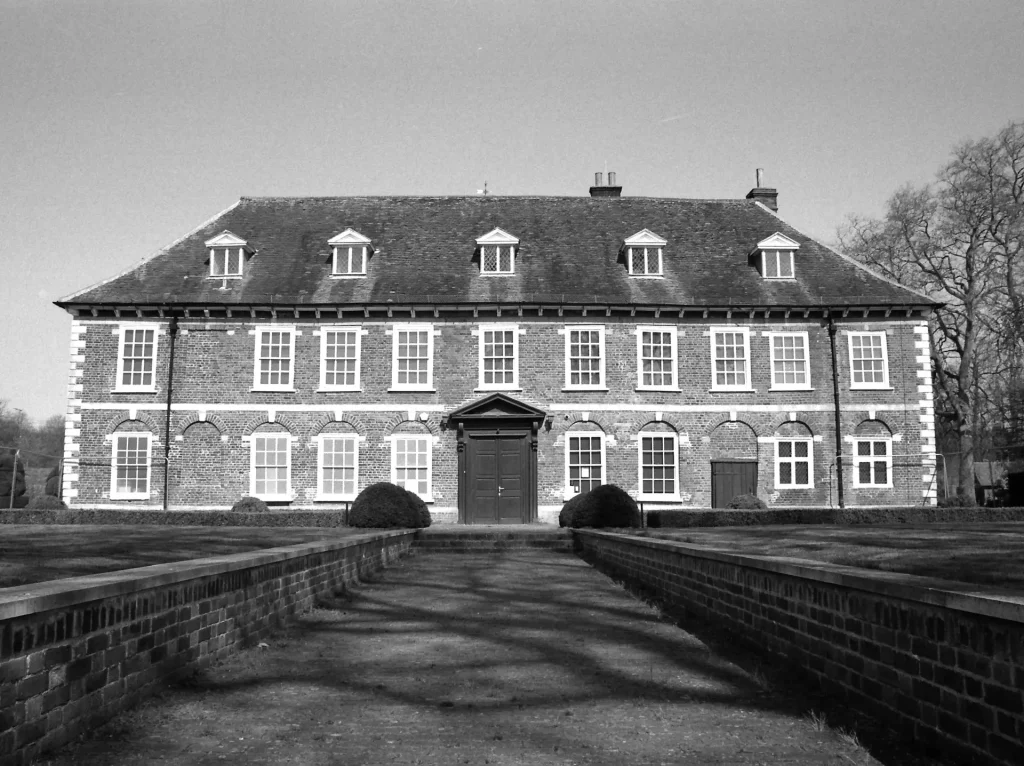
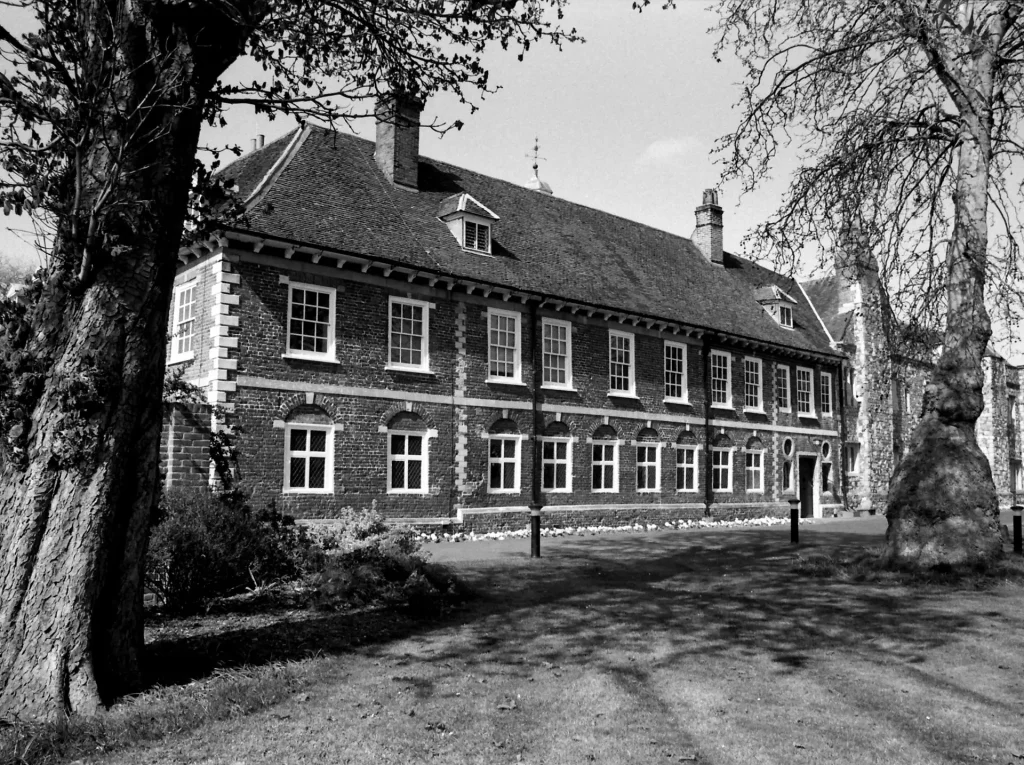
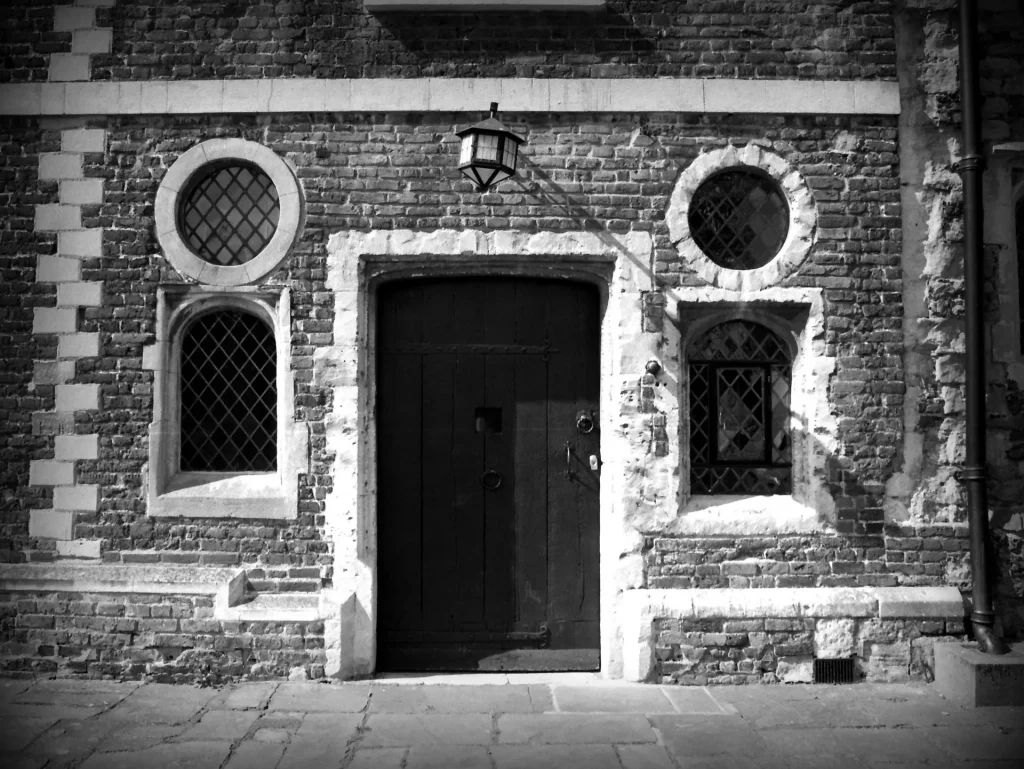
Thinking on my feet so as to continue the test I moved across Bexley to St Mary’s Cemetery, a recent discovery for me. While not in the Premier League of cemeteries, of which Highgate is probably the undisputed champion, I would say that it’s a pretty good performer in the third division.
It was here that the test became the real thing (my “tests” usually end up that way) as I simultaneously pursued my current fad of going for contrast and discovered the awkwardness of the dreaded two buttons.
I let the Program A do its own thing for a couple of shots but then decided to switch to manual because, per the instructions, the situation demanded it.


I found it extremely difficult to joggle the two buttons, keep track of what they were doing via the mini LEDs in the viewfinder and keep the frame composed all at the same time. Everything was just too small for me to feel comfortable with it.
Still, I am pleased with the results and I am sure that operation would become easier with practice if this were the only camera you were using.
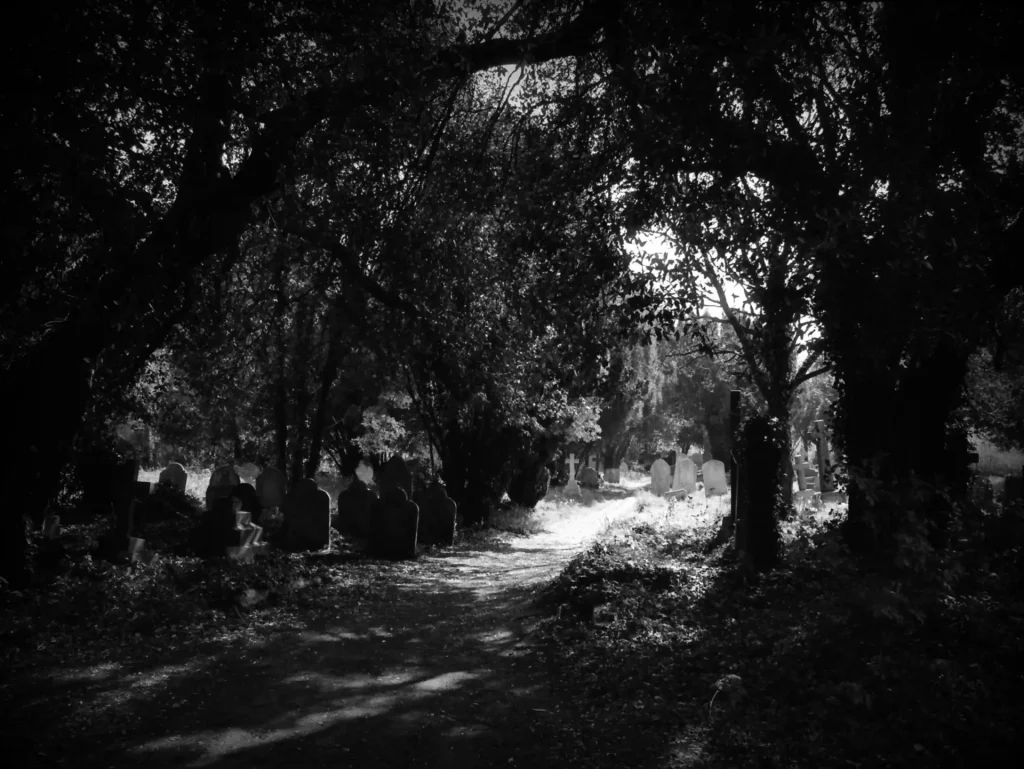
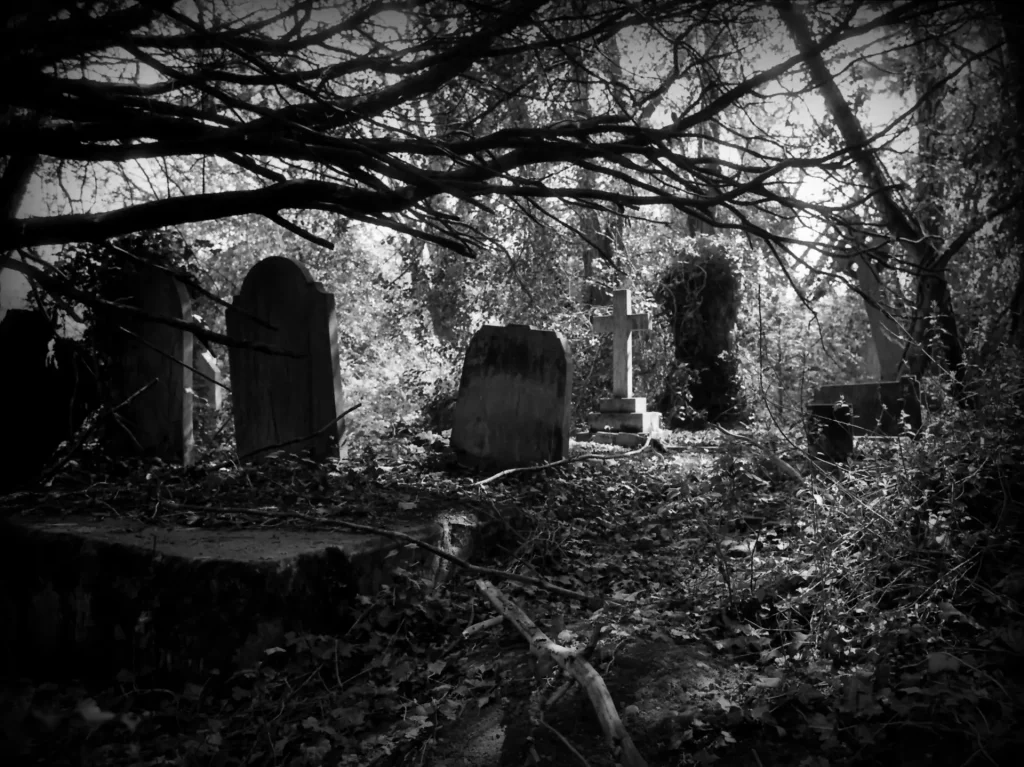
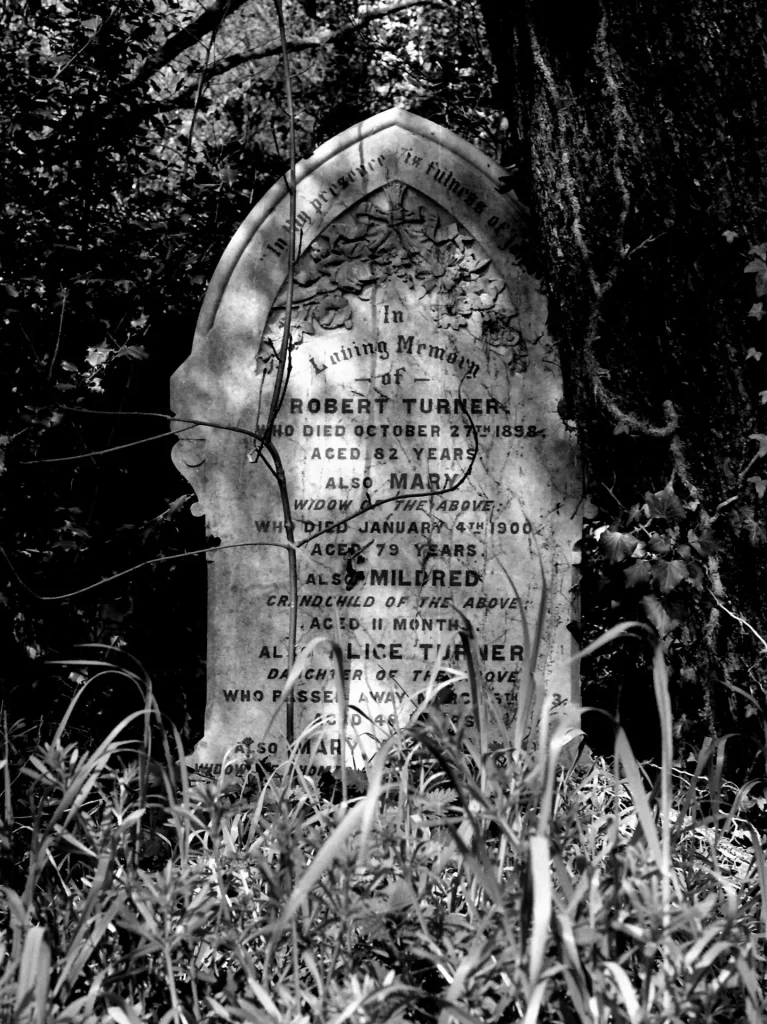
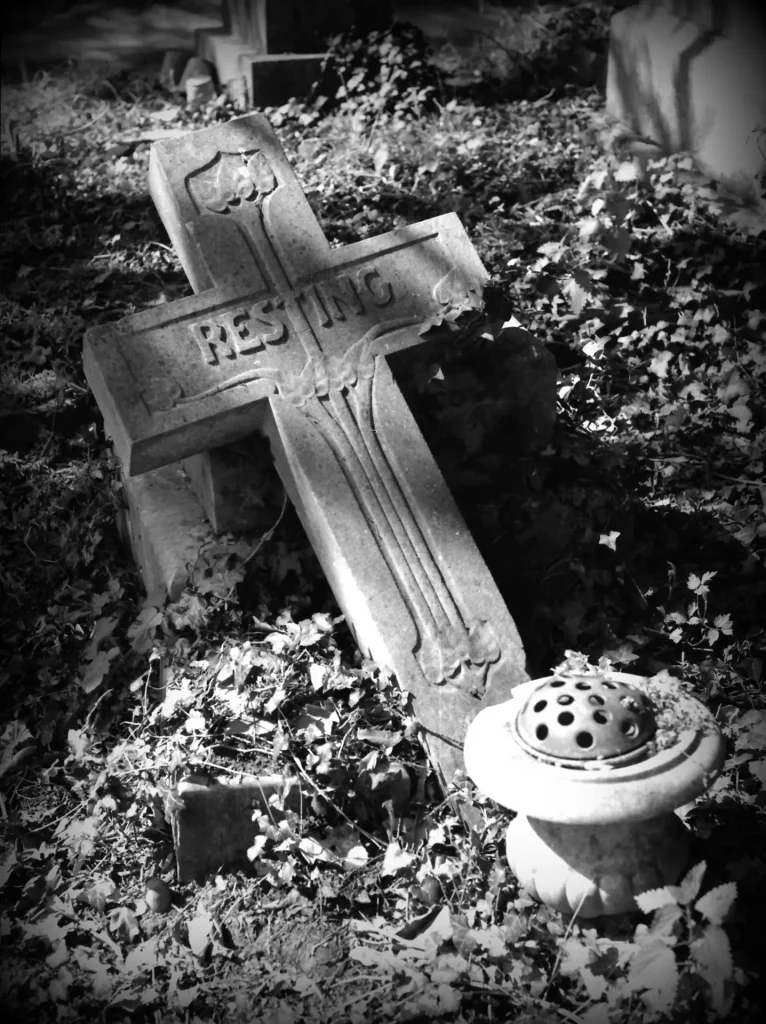
Nice to Meet You, But….
So what did I make of the Pentax Program A? Well, this is not intended to be a review, more a light hearted account of my getting to grips with it, but I didn’t find it a bad camera by any means. It’s just that, as a film camera, it’s not traditional enough for my liking. It is a product of the wilderness years of my camera owning existence. The missing link between dial twiddling analogue and button prodding digital. Indeed, some the reviews I have now read, not wishing them to influence my judgement beforehand, seem to bear this out by implying that it is a good choice for those used to digital wishing to experience film for the first time. As such it will certainly fit the bill for my daughter and is now ready for a new lease of life.
Finally, if I may. It is customary for literary works to have their dedication at the beginning. This is hardly a work of literature so I’m putting mine as a conclusion:
Tania, Adrian and Uncle Tom, this one’s for you.
Without you it wouldn’t have been possible.
Share this post:
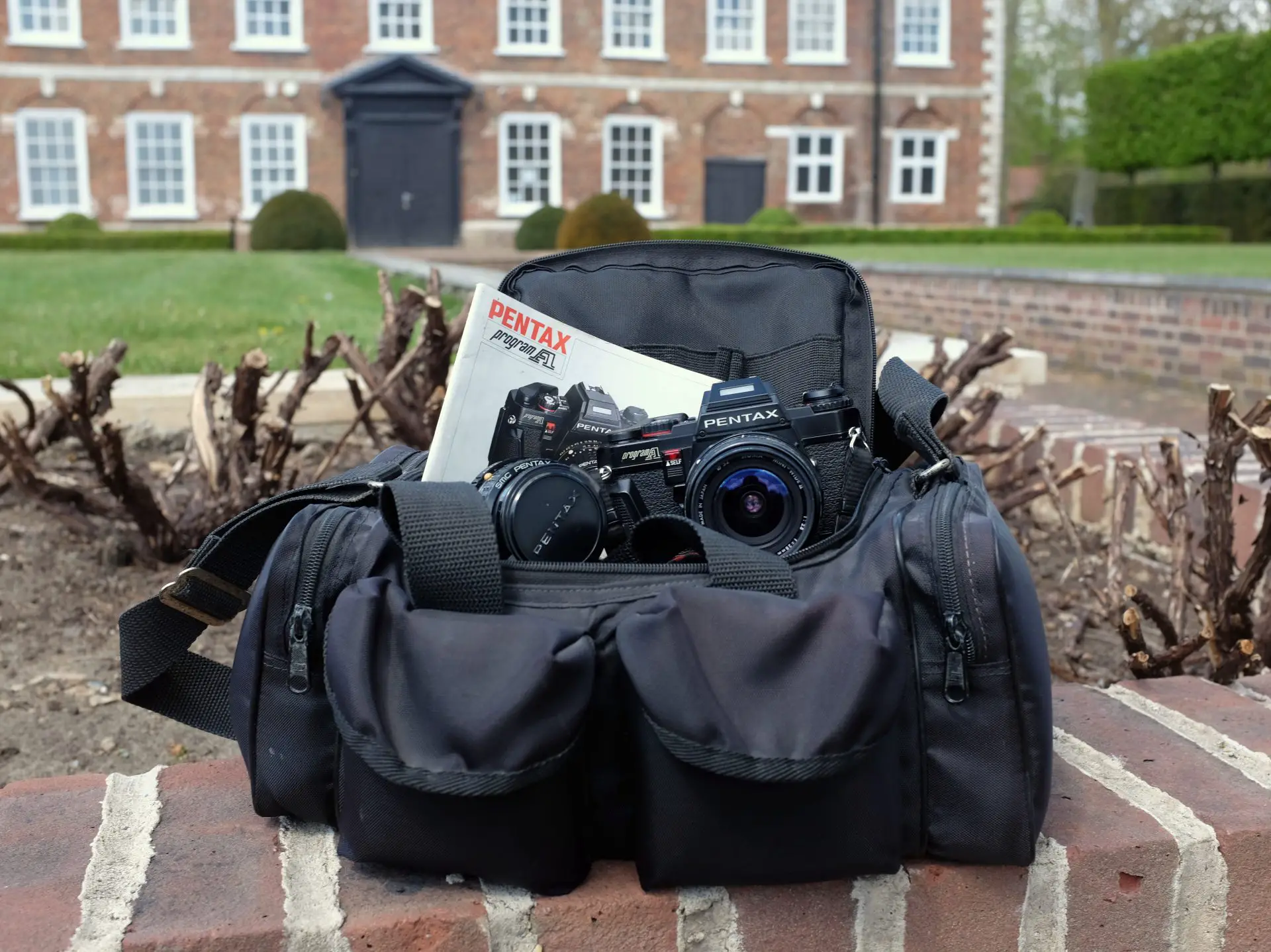








Comments
Michael J on Pentax Program A – First Impressions Review – By Peter Roberts
Comment posted: 18/06/2021
Comment posted: 18/06/2021
Peter Kornaukhov on Pentax Program A – First Impressions Review – By Peter Roberts
Comment posted: 19/06/2021
Comment posted: 19/06/2021
Kodachromeguy on Pentax Program A – First Impressions Review – By Peter Roberts
Comment posted: 19/06/2021
Comment posted: 19/06/2021
John Poirier on Pentax Program A – First Impressions Review – By Peter Roberts
Comment posted: 22/06/2021
My most-used lenses were the Pentax A-series 24-50 and 70-210. Through that period I was a salaried professional and used supplied Nikons on the job.
The Super A is a competent basic camera. I think the issue of "ergonomics" is sometimes overemphasized.
Comment posted: 22/06/2021